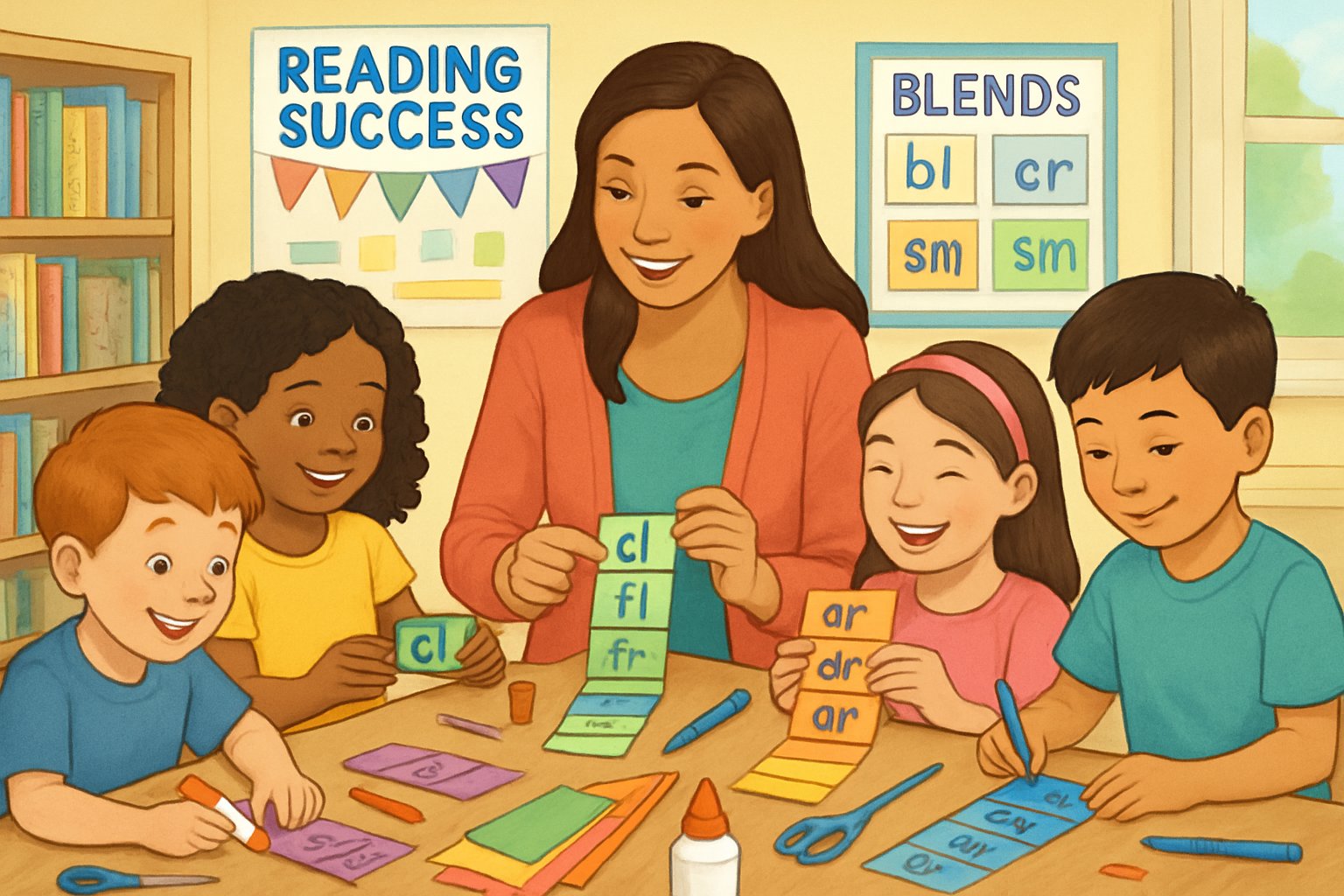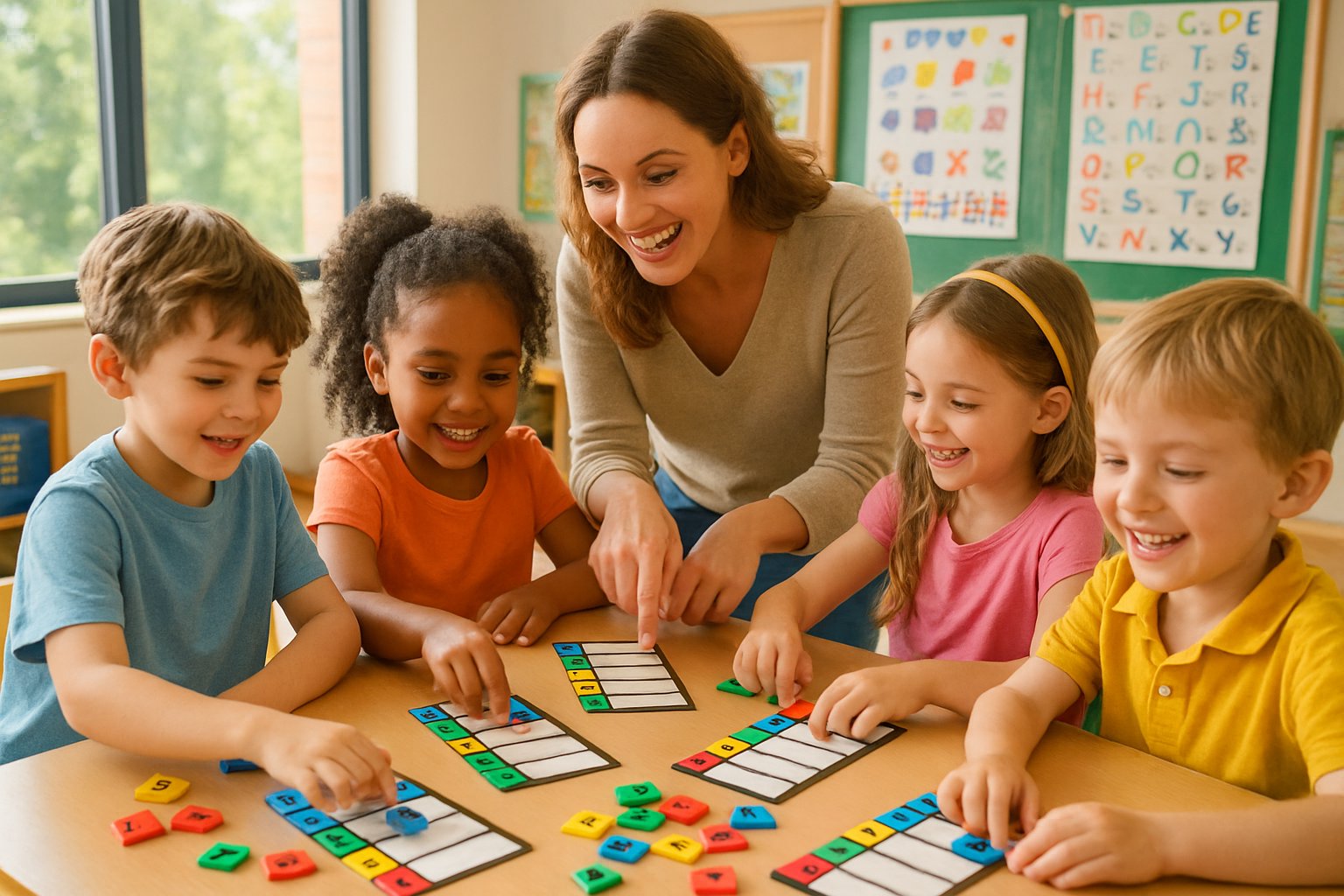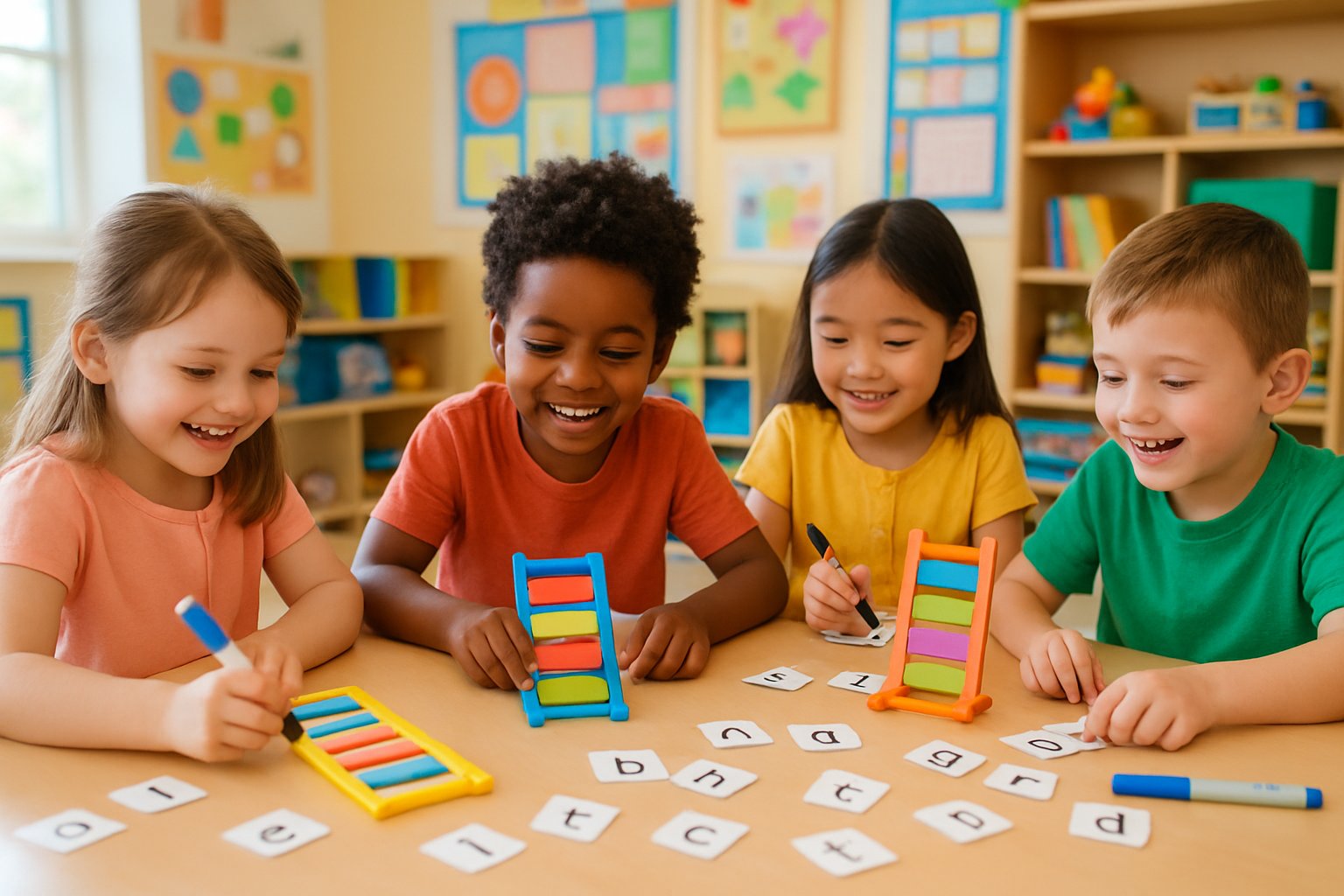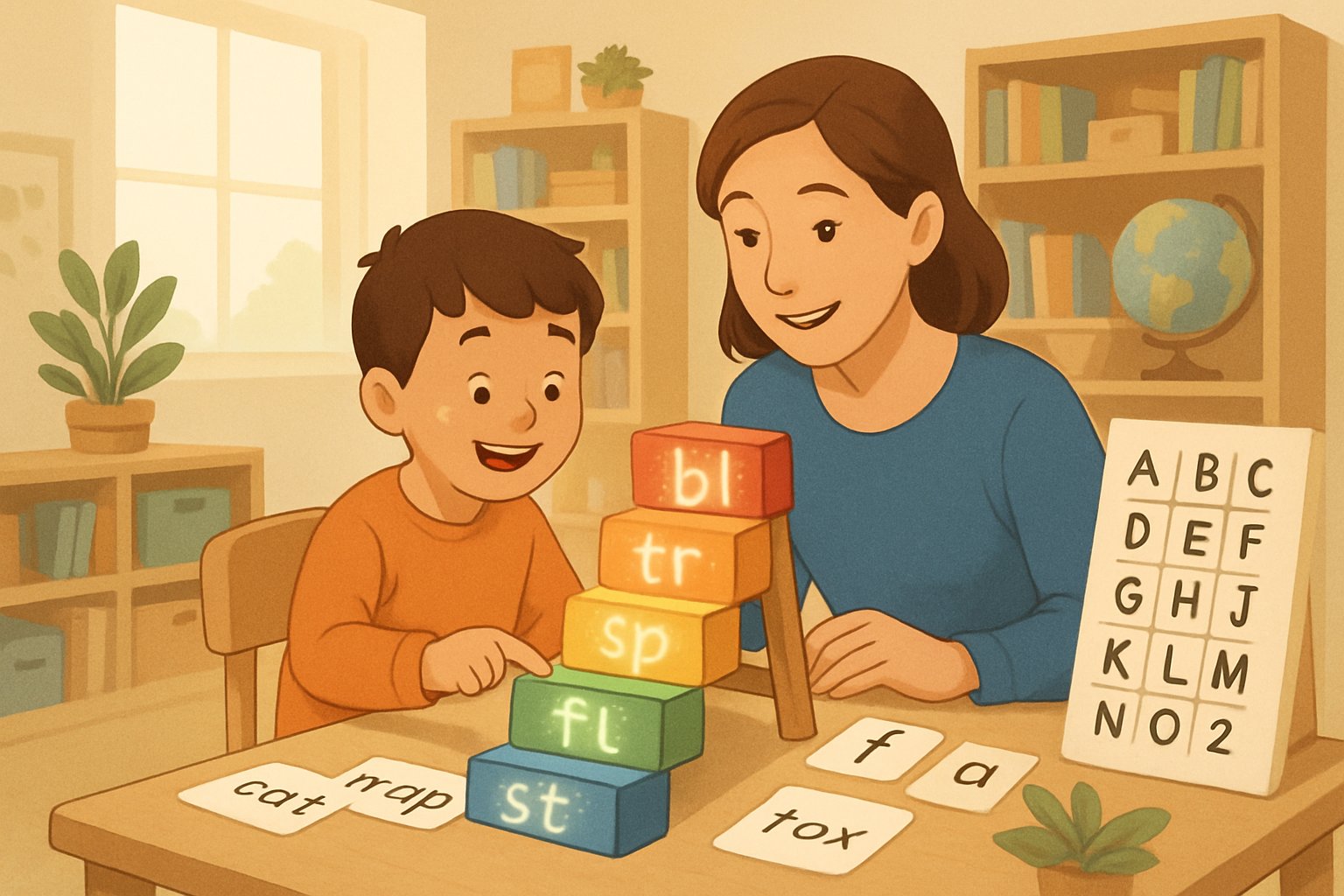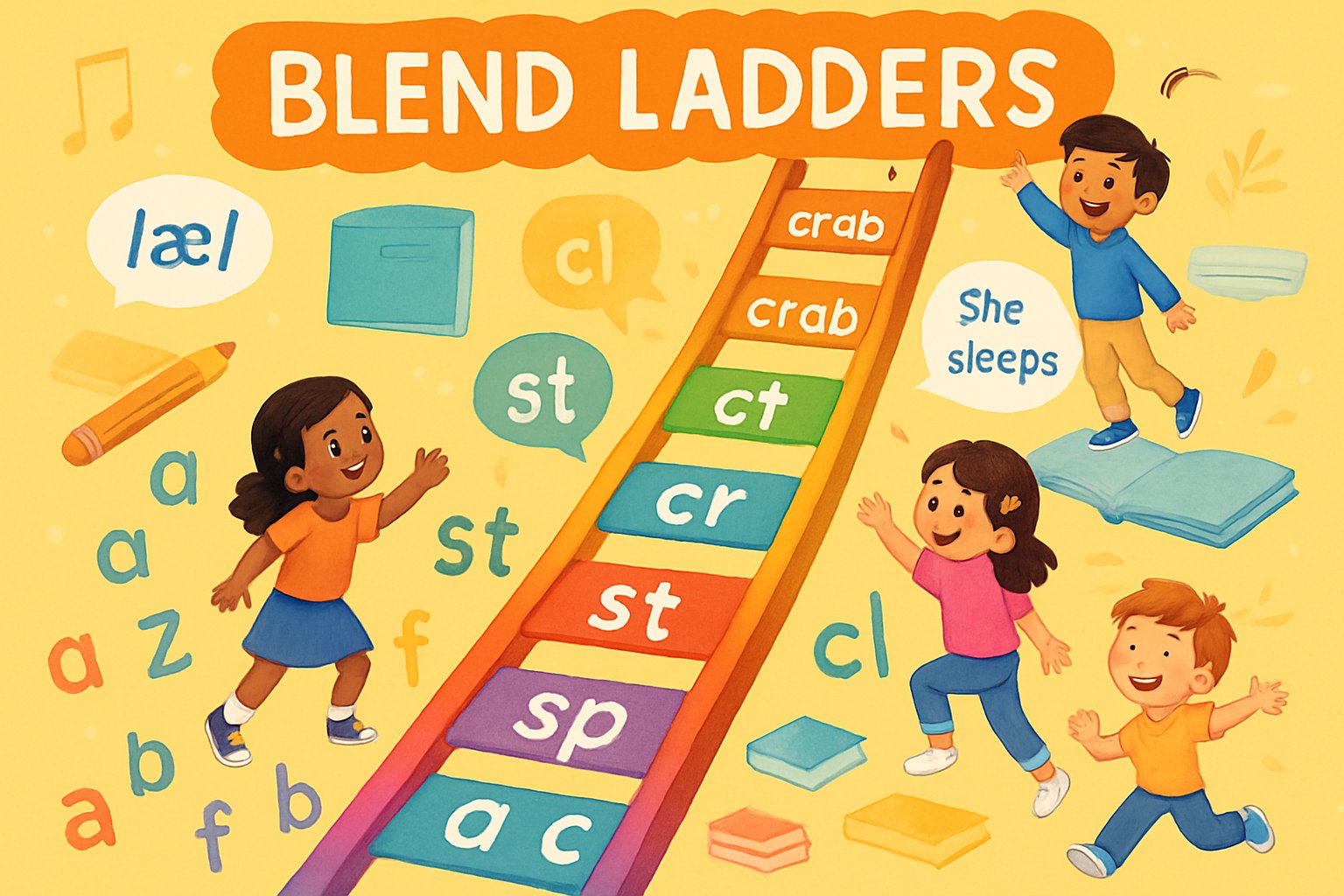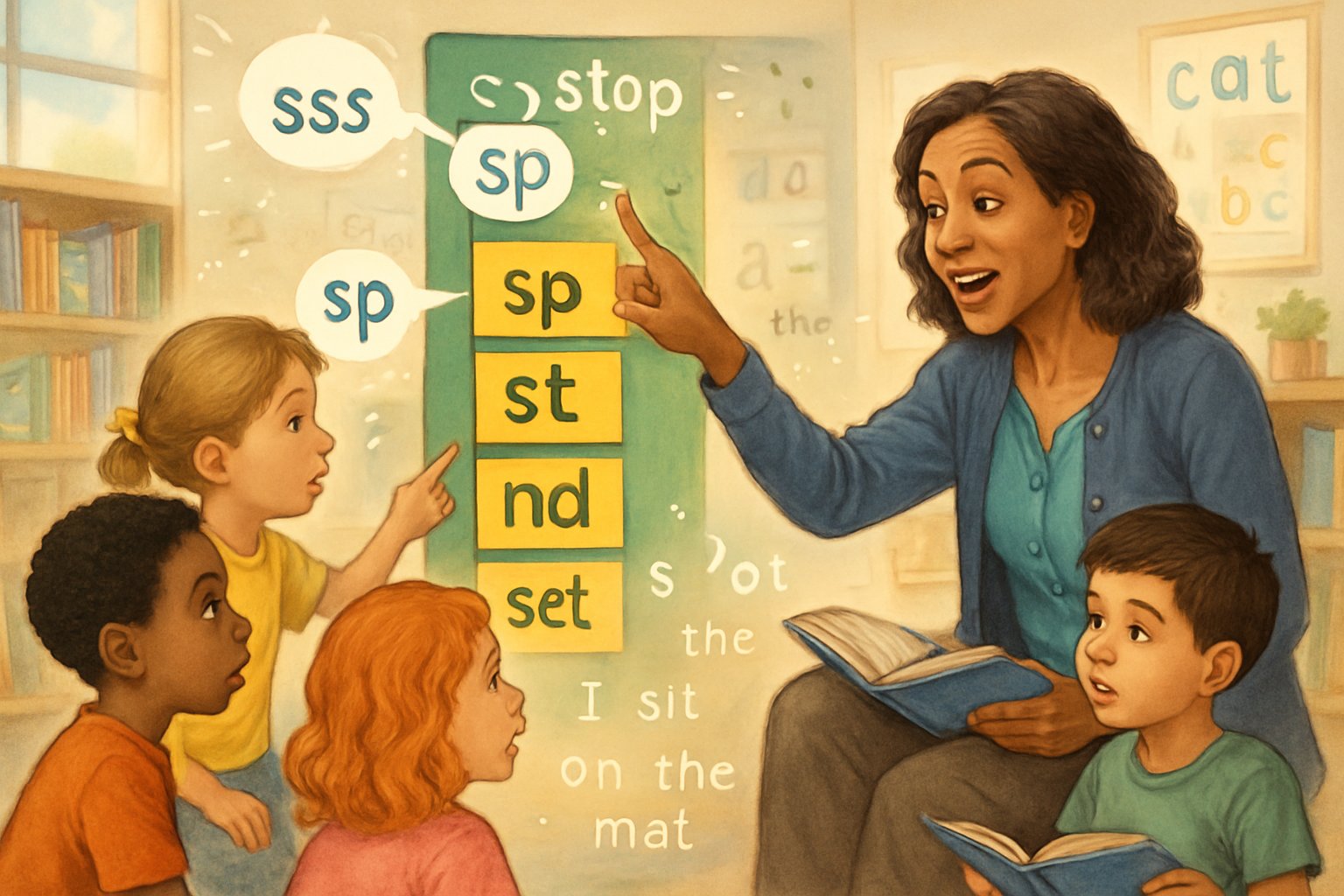If there’s one thing every homeschool parent wants to nurture, it’s a genuine love of reading. Books open doors to imagination, knowledge, and endless curiosity — and now, with our Homeschool Reading Log, you can help your child track their reading journey while making it fun and meaningful.
Whether you’re teaching early readers or guiding teens through classic literature, this printable reading log is designed to fit any homeschool style and reading level.
🌟 Why Use a Reading Log in Your Homeschool?
A reading log isn’t just about keeping track of books — it’s a powerful learning tool. Here’s how it helps your homeschool thrive:
- Encourages consistency: Kids love seeing their progress grow each day.
- Builds accountability: It teaches responsibility and goal-setting.
- Improves comprehension: Reflecting on what they read helps kids think deeper about stories and characters.
- Creates a keepsake: Over time, your reading logs become a beautiful record of your child’s learning journey.
🏡 What’s Inside the Homeschool Reading Log
Our printable reading log includes everything you need to make reading time organized and enjoyable:
- Book Tracking Table: Record the title, author, pages, time spent, and even a star rating.
- Reflection Section: Prompts for kids to share their favorite parts, lessons learned, or new words discovered.
- Goal Tracker: Space for setting monthly reading goals and listing books to read next.
- Flexible Layout: Works for any age — from picture books to chapter books and beyond.
And for families who love reading together, we’ve also created a Family Reading Log! It’s perfect for tracking read-alouds, shared stories, or family reading challenges.
✨ How to Use It
- Print one log per child (or one for the whole family).
- Set a reading goal — maybe a number of books or minutes per day.
- Record each reading session in the log.
- Reflect together at the end of the week or month. Celebrate progress with stickers, stars, or a special book-themed reward!
💡 Bonus Tip
Make it part of your homeschool routine — add “Reading Log Time” to your daily schedule. You’ll be amazed how a few minutes of tracking can turn into hours of joyful reading.
🖨️ Ready to Get Started?
You can download your Homeschool Reading Log right here:
👉 Homeschool Reading Log
Let’s make reading one of the most exciting parts of your homeschool day — one book at a time.

